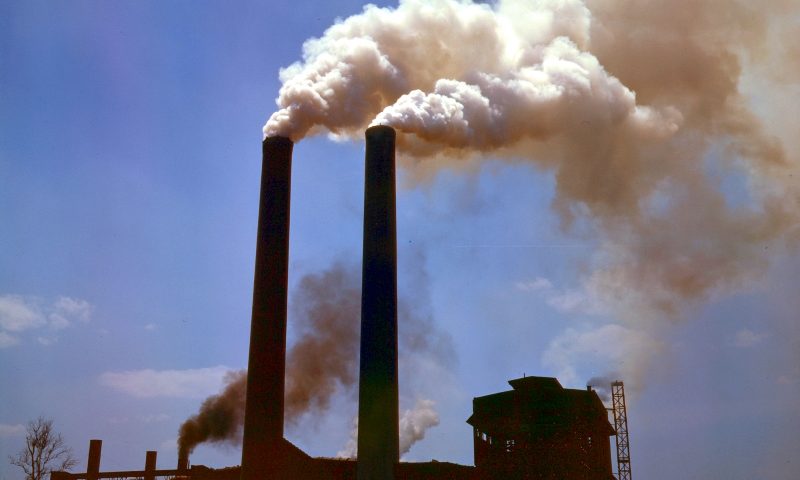Embedded Systems Avert Potential Disasters

About the (Literally) Embedded Systems on Police Officers
June 1, 2017
Google to build high-tech “digital city” in Toronto, Canada
November 11, 2017Embedded Systems Avert Potential Disasters

There are 1.3 million miles of natural gas pipelines in the United States.
With so many miles of pipelines, there are bound to be plenty of leaks.
Because it’s hard to detect them, some of these leaks may go unchecked for years.
Environmentally, since methane (natural gas) is 84 times more damaging to the environment than carbon dioxide, these are disasters waiting to happen.
Fortunately, Google has teamed up with the Environmental Defense Fund (EDF) and Colorado State University’s Joe von Fischer for a genius method of detecting these leaks.
von Fischer developed a method to detect and measure amounts of methane from a moving vehicle. One snag: they needed a fleet of vehicles to track the leaks down. The inventor reached out to Google, which has its own fleet of self-driving cars.
Google’s cars were outfitted with the exact equipment the project needed: highly accurate GPS. Google also conveniently had generous amounts of computing power, data storage, and a motivation to make the world a better place.
The cars work by driving around an area, and then driving around it again to ensure accuracy. While driving, the car takes air samples, processes them, then transmits the data to Google’s cloud for analysis. Since 2012, Google has helped find over 5,500 leaks in 11 different cities.
In addition to Google analyzing this information, the EDF has made that information readily available to the public. This allows anyone in those 11 cities to make educated decisions about where to let their kids play, where to buy houses, and where their community needs improvement.
Eric Cawley is an occasional blogger for Gary Stringham & Associates. Gary provides consulting and expert witness services in embedded systems such as robotics. Feel free to contact Gary at 208-939-6984.

